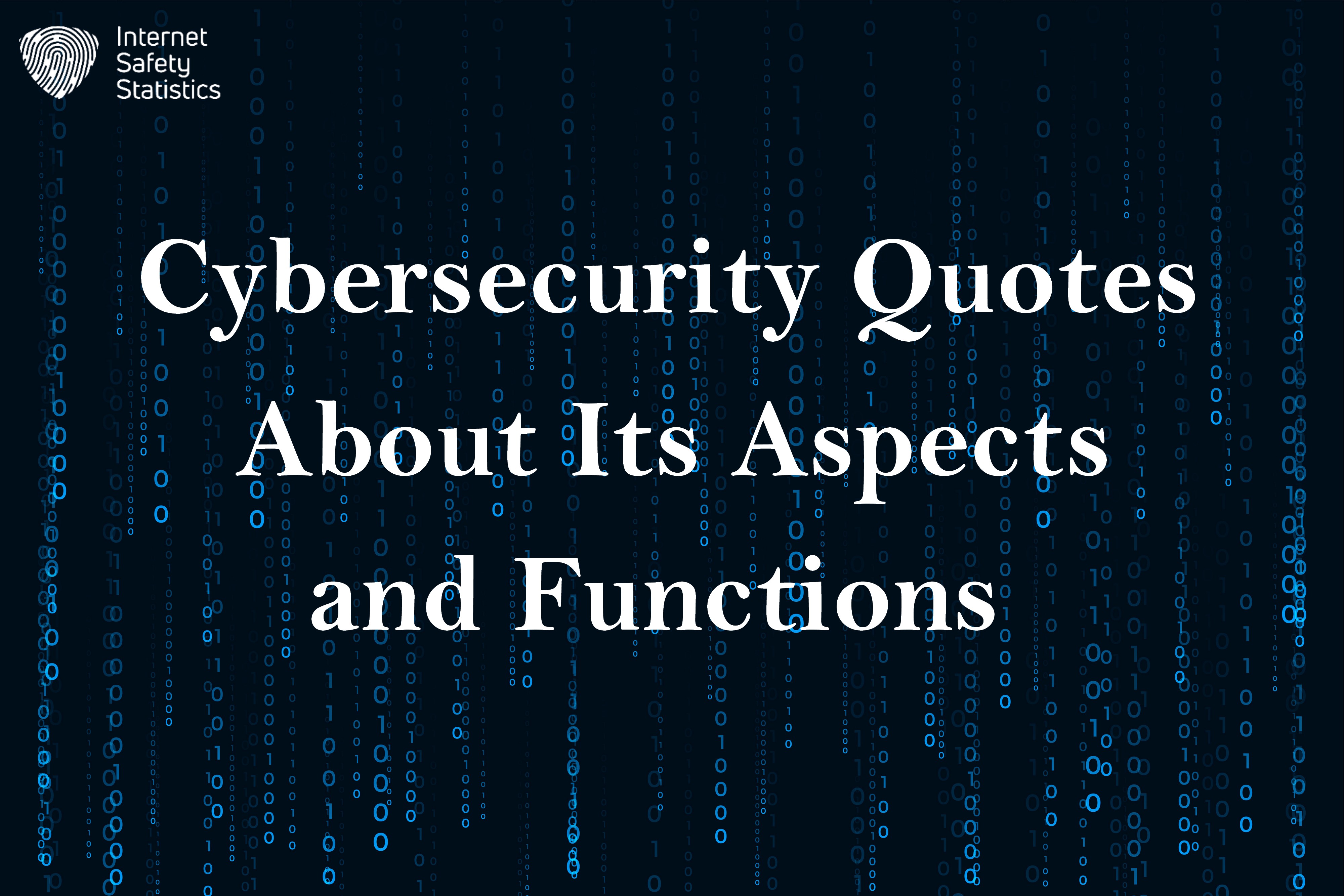
Cybersecurity is this age’s dominant language. The process of data security and the counterattacks by hackers aiming to steal the future’s most expensive commodity. Cybersecurity professionals are working diligently to ensure the safety of the world’s interconnected networks, where an attack on the Earth’s Western database will have a ripple effect on the entire world’s data.
This article brings you a collection of cybersecurity quotes that discuss the field’s importance, the different types of cybersecurity attacks, their types, cybersecurity trends and more.
Cybersecurity Quotes that Reflect the Field’s Importance
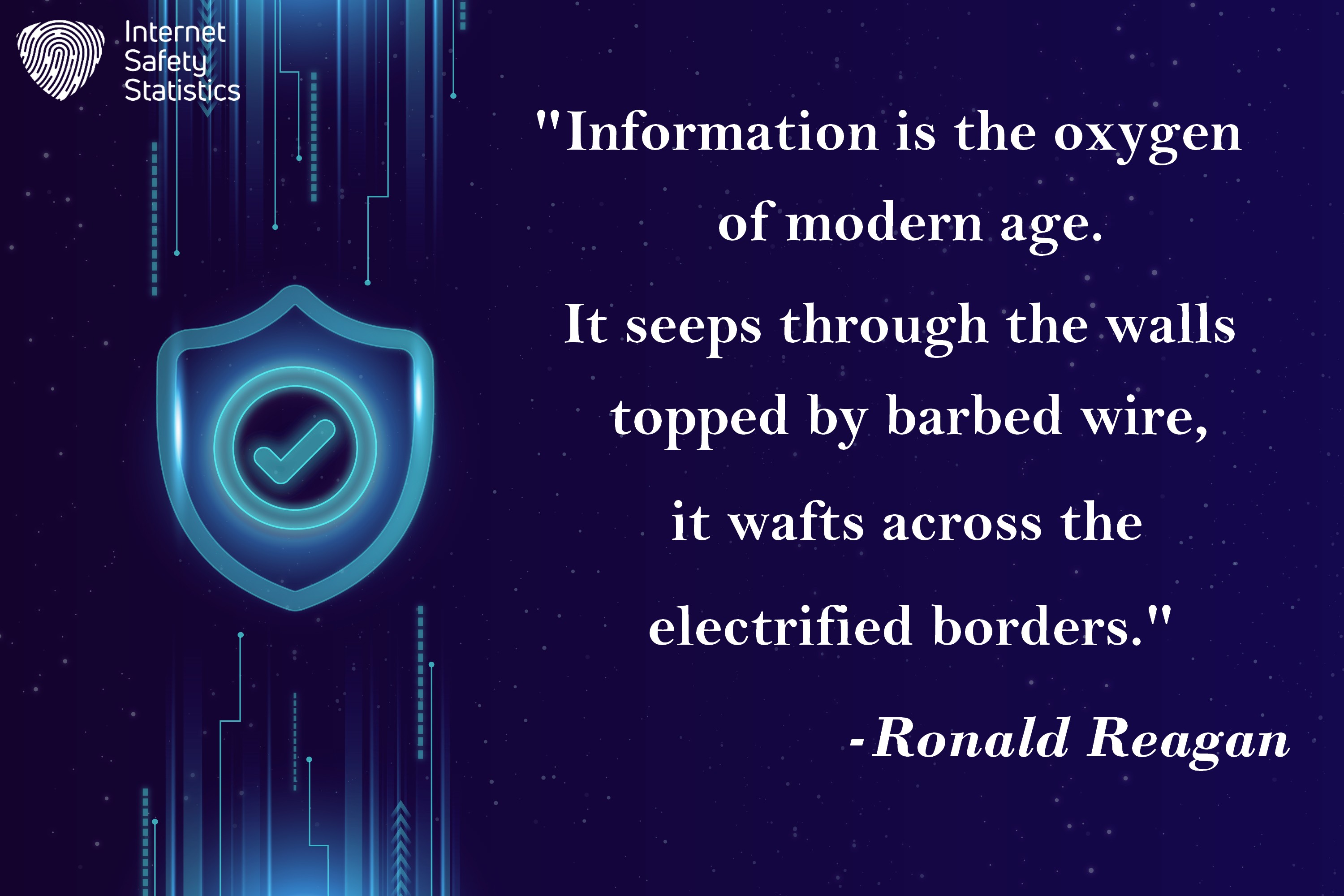
Ronald Reagan accurately described the importance of information and its protection by declaring it was the modern age’s oxygen, “It seeps through the walls and wafts across.” He added.
Cybersecurity is the means to protect today’s digital world. The enforcement of cybersecurity measures protects our confidentiality, integrity and availability of information. Each day, there are more technological advances and inventions, and despite these helpful advances, many of them still contain loopholes which cyber attackers can exploit to steal our data.
Cybersecurity experts work with legal professionals to formulate the best cybersecurity regulations and laws for governments, organisations, and individuals to follow to protect valuable data. According to the latest statistics, at least 90% of businesses and organisations use cloud services, including encryption and backup services, which are estimated to continue rising.
Implementing proper cybersecurity measures is indispensable, with more data travelling through cyberspace and stored on cloud servers. As individuals, organisations and governments, we must work hand in hand to ensure the safety of our sensitive data to avoid financial losses, identity theft, operational disruption and even physical harm.
Cybersecurity Quotes about the Different Types of Cybersecurity
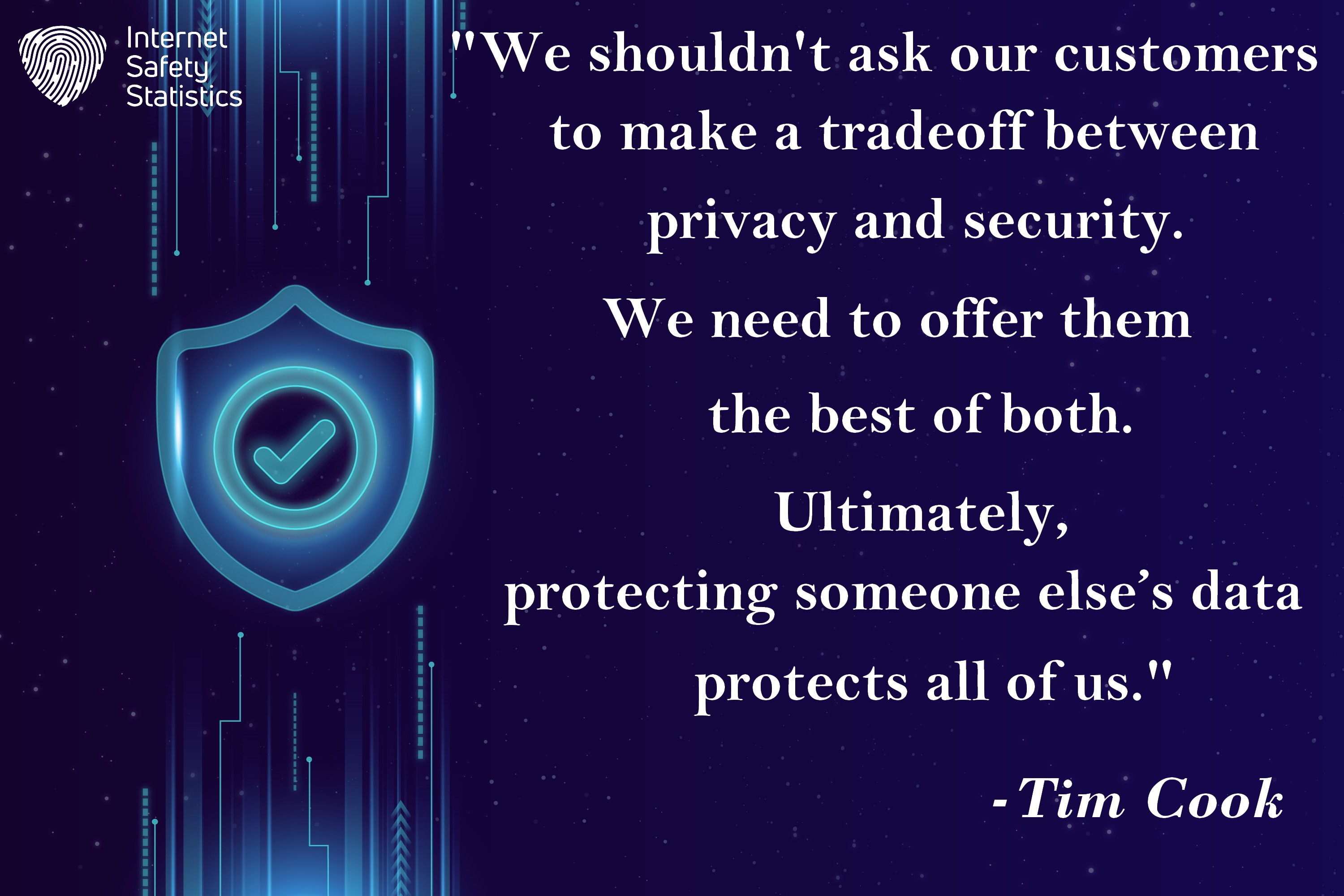
We understand cybersecurity encompasses the digital security of numerous aspects of our lives. Professionals divide these aspects using two main categories: by domain and by function. The tools of the security measures might differ from one category to the other, but the goal remains the same: providing the best protection for sensitive data.
By Domain
Dividing cybersecurity by domain includes several aspects, such as network, application, and endpoint security. The increasing dependency on cloud services has also raised multiple cybersecurity challenges, necessitating the creation of its cybersecurity type.
Network Security
Network security includes all aspects of securing computer networks from unauthorised access and attacks. This entails using tools such as antivirus software, firewalls, access control measures, intrusion detection and prevention systems. Proper configuration of these tools allows individuals and organisations to ensure their devices are inaccessible to hackers.
Application Security
Application security discusses all possible measures and configurations to ensure your software applications are safe from vulnerabilities and exploits. You must ensure these applications are regularly updated to keep up with the newest cyber-verse threats and avoid creating unseen vulnerabilities that hackers can use to access your data. Moreover, you must focus on secure coding practices, penetration testing and runtime protection.
Cloud Security
Cloud security still poses numerous problems due to the loopholes in their security systems. The future will all depend on cloud services, so it’s vital to enforce measures that protect data, applications and infrastructure stored and accessed in cloud environments. You can utilise encryption methods, access controls and identity management solutions.
Information Security
Information security includes using all the tools and techniques to ensure sensitive information’s confidentiality, whether it is stored electronically or physically. This aspect of cybersecurity encompasses data encryption, access control and data loss prevention, all measures necessary to secure private information.
Endpoint Security
This cybersecurity aspect includes securing individual devices such as laptops, desktops and mobile phones. Possible threats include malware, unauthorised access and data breaches. Tools to employ include antivirus software, endpoint detection and response (EDR) and data encryption tools.
Cybersecurity Quotes about the Different Cyberattacks
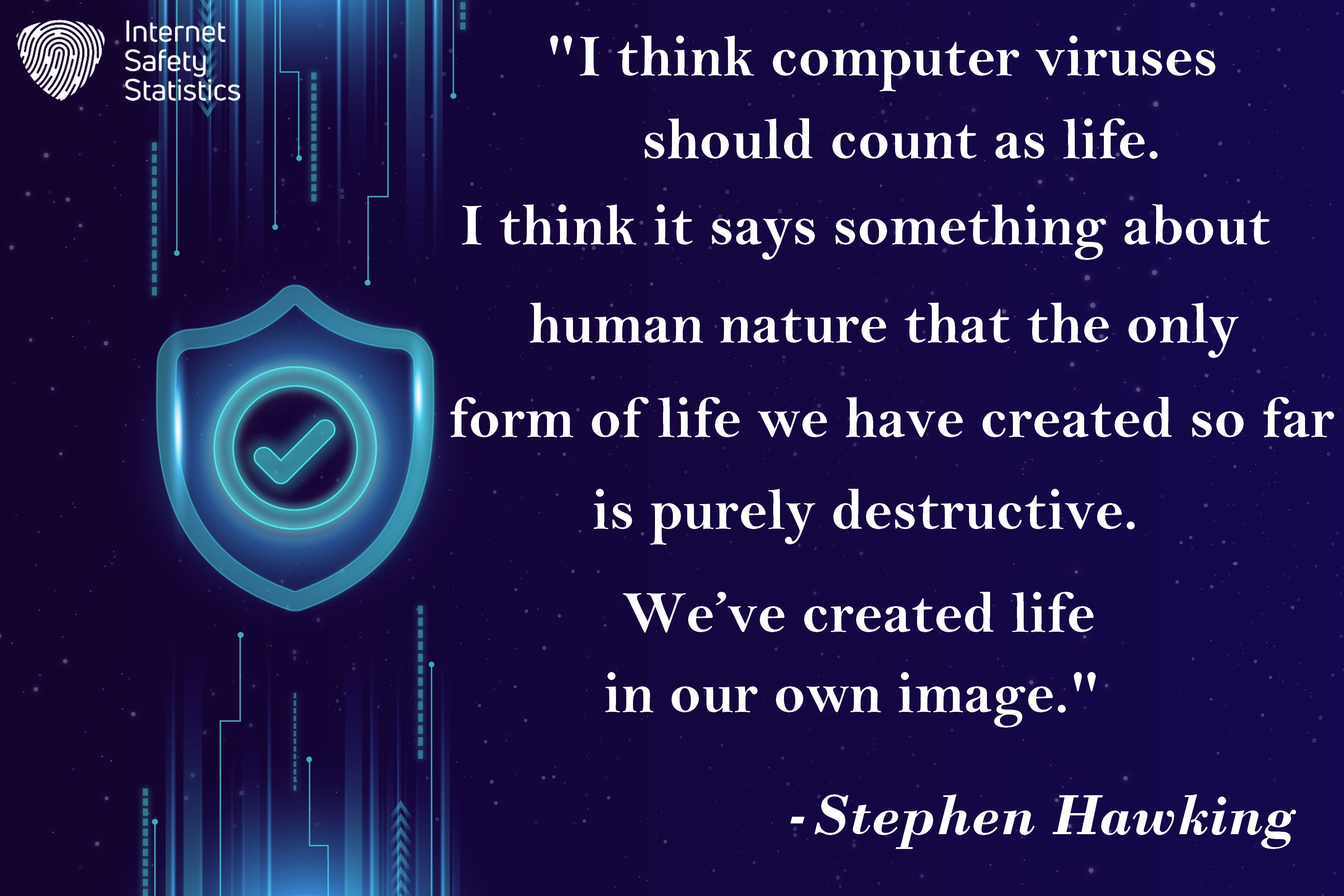
If we put together the most common cybersecurity attacks, we will find phishing attempts, ransomware and social engineering at the top of the list. However, there are more cybersecurity attacks that individuals and organisations know little about. In our age, neither individuals nor organisations have an excuse not to learn about cybersecurity. As we mention one of the quotes of our time’s most outstanding scientists about cybersecurity, we learn about the different types of cyberattacks.
Malware
Malware is the most common form of cybersecurity attack; it includes viruses, ransomware and spyware. These malicious factors can steal data, encrypt files and disrupt systems. They are often delivered through phishing emails, infected websites or physical media.
Phishing
Phishing takes numerous forms and reaches victims through various means, such as emails, texts and calls. A cyber attacker impersonates a legitimate source to trick victims into revealing sensitive information by entering it into the website or clicking malicious links. The links will download malicious software on the victim’s computer or open a seemingly legitimate website for individuals to share credentials.
Denial-of-Service (DoS)
As the name suggests, DoS attacks aim to disrupt a website’s presentation of a particular service. The attacker uses a bot to flood the website or server with fake requests, which increases traffic, overwhelms it and makes it inaccessible to legitimate users. This attack method can target individuals, businesses or even entire countries.
Man-in-the-Middle Attacks (MitM)
These attacks stand in the middle of the connection between two points in cyberspace. Attackers intercept communications between two parties, eavesdropping and sometimes altering data without the parties’ knowledge. These attacks are common in public Wi-Fi networks, which are less secure than private networks.
Password Attacks
Password attacks are another common type of attack. Here, hackers attempt to gain unauthorised access to victim accounts. These attacks manifest in several ways, such as brute-force attacks, dictionary attacks and social engineering.
Cross-Site Scripting (XSS)
What cross-site scripting attacks do is inject malicious code into websites or applications. This code executes on users’ machines and works on stealing their data or installing malware that leaks their data on the Internet.
Social Engineering
Social engineering is one of the famous means of delivering phishing attacks. It aims to exploit human psychology to manipulate victims into giving away information or taking actions that benefit the attacker. Popular social engineering delivery methods include phone calls, emails, or in-person delivery.
Zero-Day Attacks
Zero-day attacks are some of the hardest to detect and handle. They aim to detect and exploit vulnerabilities in the victim’s software before they know about them, making them more dangerous. An attacker executing a zero-day attack typically targets high-value individuals or corporations for higher outcomes.
Ransomware
As the name explains, ransomware is a cyberattack that encrypts your data and demands you pay a ransom to decrypt it. The attack can cripple businesses and individuals alike. Unfortunately, you cannot trust a cyberattacker; you might pay the ransom but not get your data back.
Supply Chain Attacks
Supply chain attacks target vulnerabilities in third-party software or services organisations use to access their systems and data. These attacks will disrupt the third-party network but can reach your network if you have poor cybersecurity measures.
Cybersecurity Quotes about Cybersecurity Trends
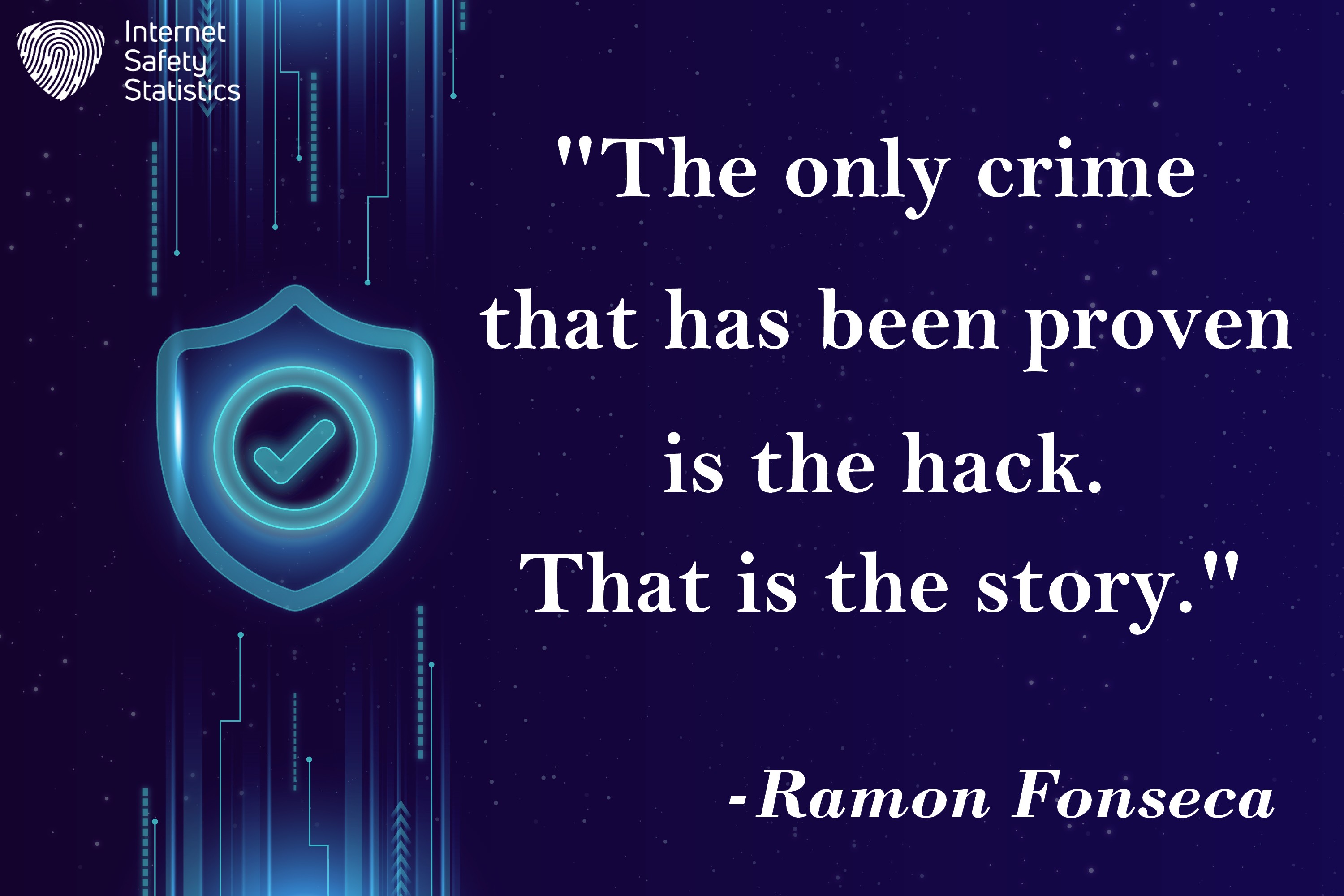
Cybersecurity trends might differ yearly, but they’re all about one target: people. To achieve this end, cyberattackers are working to continue the advancement of cybersecurity threats. Professionals expect hackers to begin conducting automated malware attacks on multiple targets simultaneously instead of targeting one entity at a time. Ransomware attacks are expected to increase, and the size and impact of such attacks will also increase.
Professional hackers have developed hacking tools and techniques, also known as CaaS, which means whoever has a basic understanding of hacking can utilise these tools to undertake complex attacks. The cybersecurity black market is growing, and the demand for these techniques is rising. Other cybersecurity trends, such as the increase of social engineering, advanced financial fraud, and third-party threats, are also expected to multiply in volume over the next few years.
Cybersecurity Quotes about Cybersecurity Functions
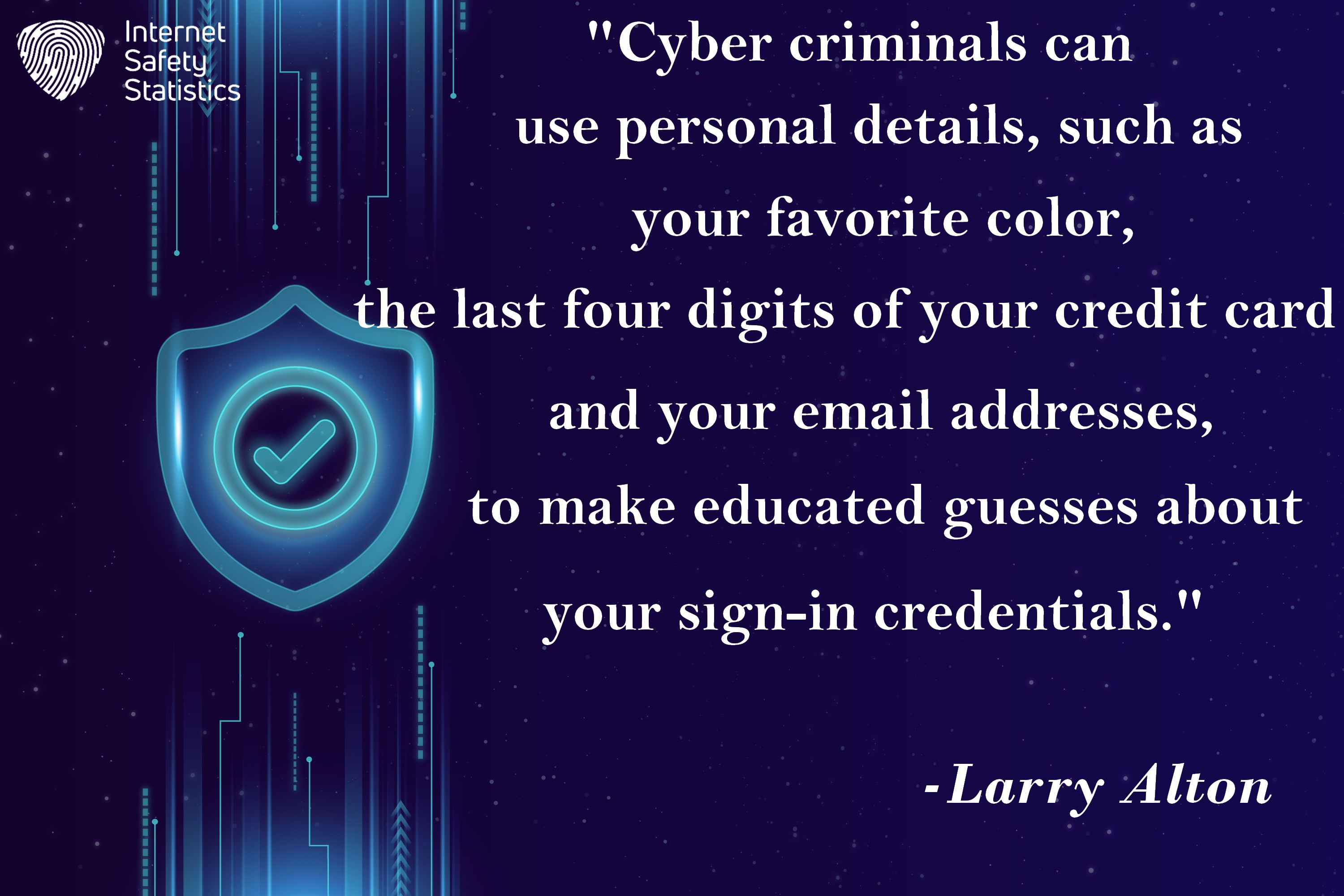
Cybersecurity has various functions, which can change depending on your organisation’s size, industry and risk portfolio. However, there are several integral functions that each cybersecurity strategy must include for it to work seamlessly and protect your data efficiently. Examples of such core activities include identifying, protecting, and detecting cyber threats and representing the organisation’s cybersecurity framework.
Identify
This function focuses on understanding the systems, assets and data your organisation needs to protect. These elements involve asset inventory and classification, risk assessment and threat identification. Additionally, conducting vulnerability scans falls under this category.
Protect
The protection function involves implementing safeguards to minimise the risk of cyberattacks. Besides activities such as data encryption and access control, it includes security policies and procedures. To protect your devices, you can use tools such as antivirus agents, firewalls, intrusion detection/ prevention systems, network segmentation, and patching vulnerabilities.
Detect
Detection focuses on actively monitoring systems and networks for suspicious activity that might indicate a cyberattack. This function includes elements such as Security Information and Event Management systems, or SIEM, log analysis and monitoring. To stay vigilant, you must continuously perform vulnerability scans and utilise threat intelligence and threat-hunting capabilities.
Respond
The responding function of cybersecurity defines the actions individuals or organisations must take to face an ongoing cyberattack. These actions include incident response plans and procedures and incident containment and mitigation. Following a cyberattack, the victim must employ forensic measures and collect evidence about the attack and how it happened, then report and communicate the findings to all concerned parties.
Recover
After a cyberattack, you should focus on restoring your systems and data. These steps involve disaster recovery plans and procedures, data backup and restoration and business continuity plans. Proficient forensic work will help avoid future attacks besides post-incident review and improvement.
Cybersecurity Quotes about Hackers
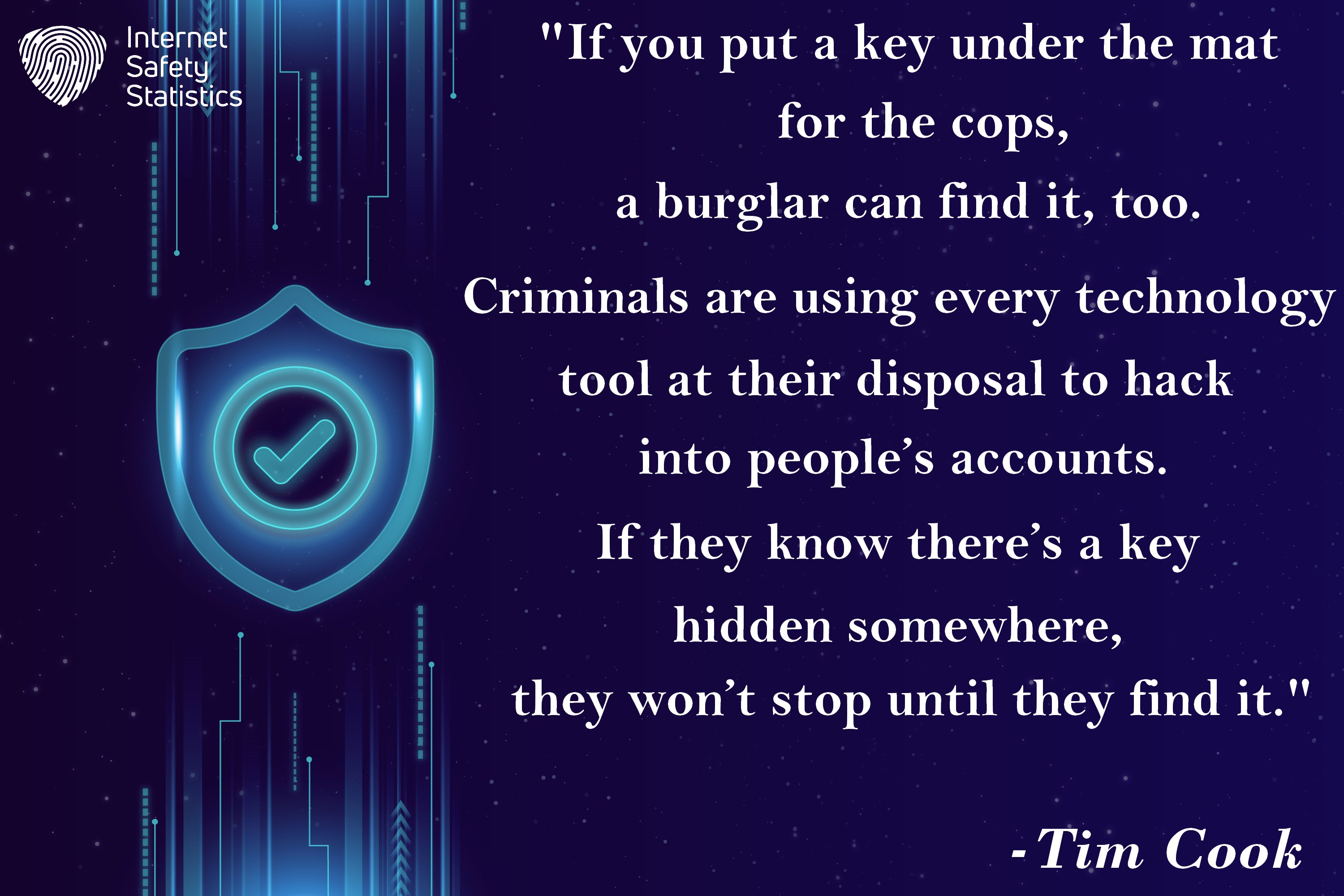
A hacker uses illegal means to gain illicit access to other people’s or organisations’ data. This is the general definition of a cyber hacker, but did you know there are numerous types of hackers? Is a hacker someone the same as Tim Cook described? Someone who will seize the opportunity to eavesdrop on your data if you leave them the key?
Black Hat Hackers
These are the most common types of hackers who use their hacking skills for illegal purposes, such as stealing data, disrupting systems or launching cyberattacks. Their motives normally include financial gain, personal satisfaction or even ideological reasons. Black hat hackers’ actions are illegal and harmful, and they are considered criminals in the eyes of the law.
White Hat Hackers
Sometimes referred to as ethical hackers, white hat hackers use their hacking skills for good. Organisations hire them to find and exploit vulnerabilities in their systems before malicious actors can do so. This helps organisations improve their security posture and prevent cyberattacks. White hat hackers’ actions are legal and ethical, and their cybersecurity roles are indispensable.
Grey Hat Hackers
Grey hat hackers may hack into systems without permission but don’t necessarily have malicious intent. They may find vulnerabilities and disclose them to the owner responsibly, hoping to get recognition or bug bounties. While they operate in a grey area, as their name suggests, grey hat hackers’ actions can still be illegal depending on the specific circumstances in which they’re working.
Security Researchers
A security researcher is someone who contributes to the cybersecurity field by researching vulnerabilities, developing hacking tools and sharing their knowledge with the community. Their work helps improve overall security but can sometimes be used maliciously. Security researchers are not traditional hackers; their work intersects with the hacking world.
Bug Bounty Hunters
The last type of hackers are bug bounty hunters, who participate in programs offered by organisations where they are rewarded for finding and reporting vulnerabilities in their systems. This incentivises responsible disclosure and helps organisations identify and fix security weaknesses. Bug bounty hunters are not necessarily hackers but use hacking techniques for a positive purpose.
This quick overview of numerous cybersecurity elements emphasises the increasing importance of this security field and how all societies must unite in the face of cyberattacks.
